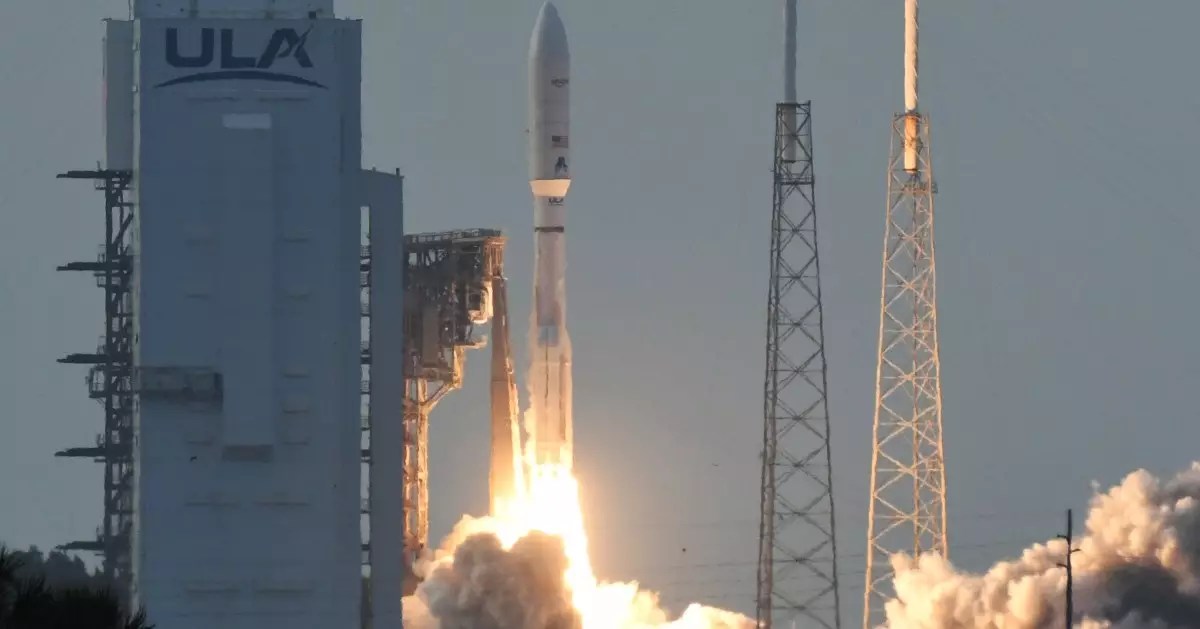In a significant stride towards reshaping the future of global internet connectivity, Amazon has successfully launched the first batch of its Project Kuiper satellites, marking a pivotal moment in the race to deliver broadband services from space. This ambitious initiative aims to deploy over 3,200 satellites in low-Earth orbit (LEO), with an objective to provide high-speed, low-latency internet access to underserved and remote areas. This audacious venture signals Amazon’s intent to carve a niche in the competitive landscape of satellite internet services, traditionally dominated by SpaceX’s Starlink.
Ambitions Out of This World
Under the banner of Project Kuiper, Amazon seeks to take the fight to Starlink, which has already established a formidable presence in the satellite internet domain. With Starlink boasting over 7,200 operational satellites and ongoing plans to launch upwards of 34,000, Amazon’s launch of 27 satellites is merely the inaugural step in a long marathon. To put it in perspective, the recent launch is only an appetizer; the full-course meal consists of 80 planned missions to deploy the complete satellite constellation by mid-2026. This level of ambition is not only a testament to Amazon’s resources but also a clear indication of its commitment to democratizing internet access on a global scale.
Launch Execution: A Mixed Bag
The April 28th launch, which took place from Cape Canaveral Space Force Station via a United Launch Alliance (ULA) Atlas V rocket, was a moment of triumph for Amazon despite its initial setback due to unfavorable weather on April 9th. The successful deployment of these satellites, situated approximately 280 miles above Earth, highlights the complexities involved in modern aerospace projects. While the launch team celebrated the activation and functionality of the satellites shortly after deployment, it also underscores the rigors of satellite technology adaptations and operational readiness. In a world where even the slightest technical glitch can derail ambitions, Amazon’s ability to overcome initial challenges reflects a resilient and skilled operational framework.
Competitive Landscape: A Cluttered Orbit
Yet, as Amazon takes its first steps towards launch supremacy, it finds itself at the foot of a steep mountain. The deadline imposed by the US Federal Communications Commission mandates the deployment of 1,618 satellites by mid-2026, a challenging threshold given SpaceX’s rapid ascendance. With the competition not only relentless but already entrenched, Amazon’s endeavor may evoke skepticism among industry observers. The similarly ambitious plans from other players such as Eutelsat and China’s Spacesail further complicate matters, as the scramble for low-Earth orbit space begins to resemble a high-stakes game of musical chairs. In an arena already crowded with competing interests, Amazon’s path forward will require not only ingenuity but a profound understanding of regulatory frameworks and market demands.
Innovation and Collaboration: Keys to Success
Looking to navigate this burgeoning competitive landscape, Amazon’s efforts will hinge on innovation and efficient collaboration. CEO Andy Jassy expressed pride in the inaugural launch, emphasizing the hard work and dedication of his team. This artistic blend of technology and teamwork will be pivotal to Project Kuiper’s success. Building an ecosystem that fosters partnerships with not just governmental bodies but also private entities could enhance the value proposition that Project Kuiper offers. Launching satellites is just the beginning; establishing ground systems that effectively communicate with these satellites will determine the project’s ultimate viability.
The Bigger Picture
It is essential to contextualize Project Kuiper within a broader narrative of technological advancement and digital equity. In a world where connectivity is increasingly viewed as a human right, Amazon’s endeavor to bridge the digital divide can have transformative implications. However, merely launching satellites will not suffice. The operationalization of these systems to provide tangible benefits to communities that have been starved of reliable internet access will be the ultimate litmus test for Project Kuiper.
As this initiative unfolds, it embodies not just Amazon’s ambition, but also the potential for a future where connectivity is ubiquitous and accessible to all corners of the globe. The interaction of technology, competition, and the quest for greater access will define the trajectory of satellite internet services in the years to come.


Leave a Reply